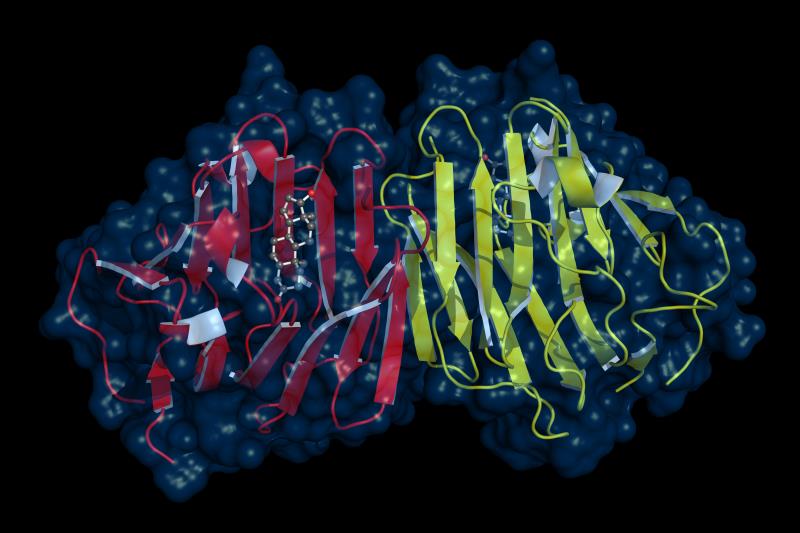
In the treatment of patients with acute ischaemic stroke who underwent intravenous thrombolysis (IVT), remote ischaemic conditioning does not appear to increase the chances of achieving excellent functional outcome, according to a study.
A total of 558 stroke patients were randomly assigned to receive remote ischaemic conditioning or sham procedure after IVT. Remote ischaemic conditioning was applied to the unilateral upper limb, with a cuff pressure of 200 mm Hg, twice daily for 7 days. The sham procedure was applied to the same site at the same frequency but with a cuff pressure of 60 mm Hg.
The primary efficacy endpoint was an excellent functional outcome, defined as modified Rankin Scale score of 0–1, at 90 days after IVT. A total of 11 patients (2.0 percent) did not receive their assigned treatment and were excluded from the analysis, leaving 547 patients in the modified intention-to-treat (mITT) population—214 in the remote ischaemic conditioning group and 273 in the sham group.
Of the patients in the mITT population, 15 were lost to follow-up and 532 (95.3 percent) completed the trial. At 90 days, the percentage of patients who had an excellent functional outcome did not significantly differ between the two groups, being 62.7 percent with remote ischaemic conditioning vs 56.8 percent with the sham procedure (unadjusted risk ratio, 1.10, 95 percent confidence interval, 0.96–1.27; p=0.169).
Likewise, safety was similar in the two groups. Adverse events occurred in 11.2 percent of patients in the remote ischaemic conditioning group and 8.1 percent in the sham group (p=0.221).